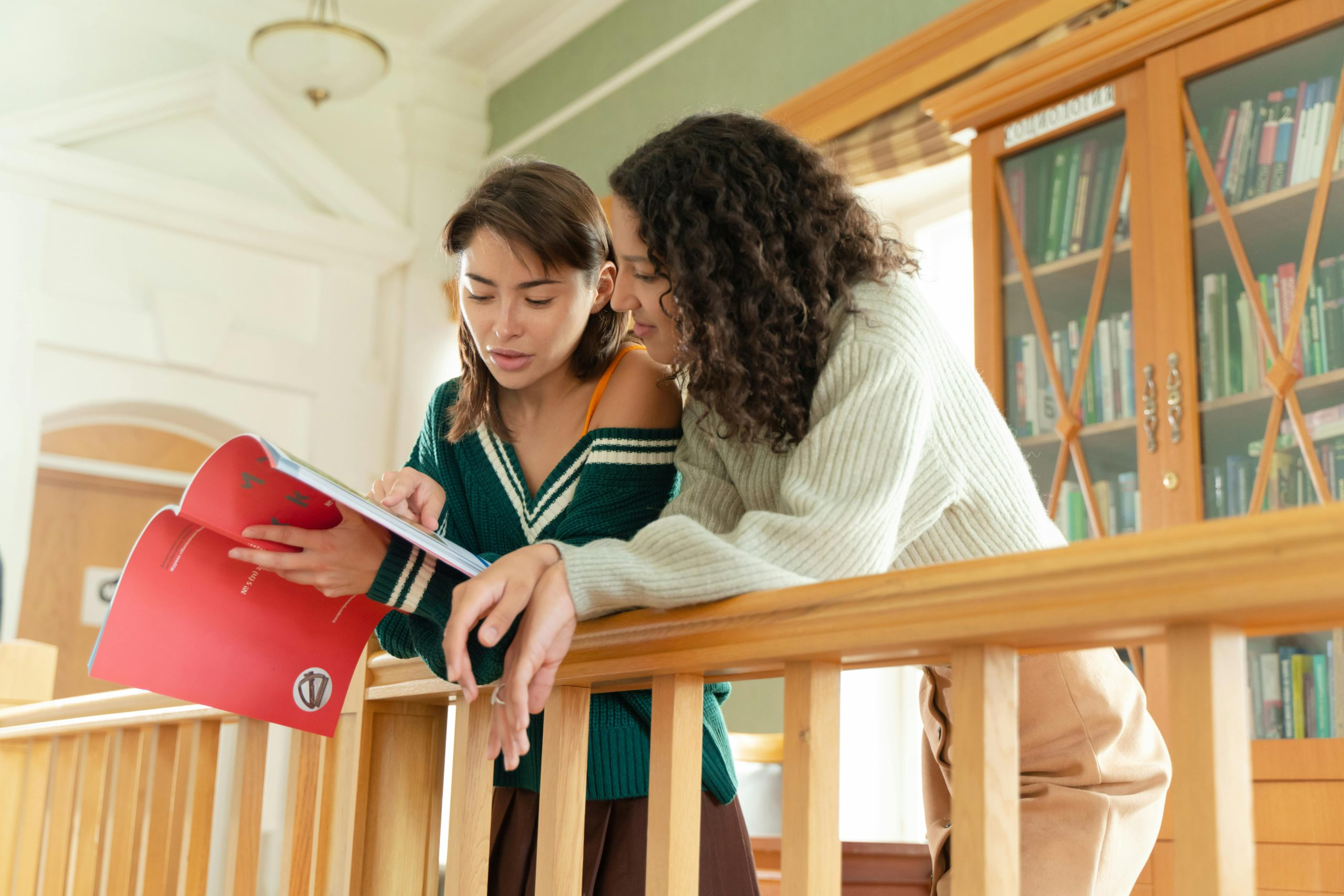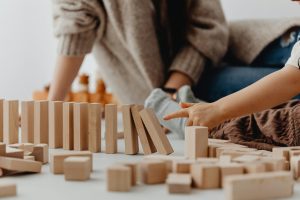From consumer to creator: teaching students to build and share knowledge
In today’s digital age, students are constantly consuming information at a rapid pace. From scrolling through social media feeds to watching YouTube videos, they are bombarded with content from various sources. However, in this endless cycle of consumption, students often fail to take on the role of a creator, limiting their potential for growth and development. As educators, it is our responsibility to empower students to not only be consumers but also creators of knowledge. In this article, we will discuss how we can teach students to build and share knowledge, transitioning them from passive consumers to active creators.
Understanding the Concept of Consumer and Creator
Before we delve into the methods of teaching students to become creators, let’s first understand the concept of consumer and creator. A consumer is someone who exclusively takes in information, goods or services, without actively contributing or adding value. On the other hand, a creator is someone who generates and shares new ideas, products, or services. In simpler terms, consumers consume while creators produce. As educators, we need to shift the mindset of our students from being mere consumers to being creators of knowledge.
The Benefits of Teaching Students to be Creators
The transition from consumer to creator brings with it numerous benefits for students. Firstly, it enhances critical thinking and problem-solving skills. When students are actively involved in the creation of knowledge, they are forced to think critically about the information they are consuming and how it can be applied. This process encourages them to question, analyze and evaluate the relevance and reliability of the information they come across.
Moreover, being a creator also enhances creativity and innovation. By creating their own content, students are given the freedom to think outside the box, experiment with new ideas, and come up with unique solutions. This not only boosts their creativity but also helps them develop skills that are essential in the 21st-century workforce, such as adaptability and flexibility.
Ways to Teach Students to be Creators
Project-based learning
One of the most effective ways to teach students to create is through project-based learning. In this approach, students are given a project to work on that requires them to research, analyze, and present their findings. By giving them a project, we are encouraging them to take charge of their own learning and promoting independent thinking.
For example, a history project on the American Revolution can involve students creating a video presentation, a poster, or even a digital timeline. This not only allows them to apply their knowledge but also encourages them to be creative in presenting their findings.
Collaborative learning
Collaborative learning involves working together with peers to create something new. This not only promotes teamwork and communication skills but also allows students to learn from each other. In a collaborative learning environment, students can brainstorm, share ideas, and create something that reflects the collective effort of the group.
For instance, in a science class, students can work in groups to design and execute an experiment. This not only allows them to apply their scientific knowledge but also encourages them to work together and learn from each other’s strengths and weaknesses.
Technology integration
In this digital age, technology is an invaluable tool in teaching students to be creators. By incorporating technology in the classroom, we can provide students with the necessary tools and resources to create and share knowledge. There are various digital tools and platforms that students can use to create content, such as blogs, videos, podcasts, and even websites.
For example, students can use online tools like Canva to design infographics or Piktochart to create visually appealing presentations. These tools not only make the creation process more engaging but also introduce students to different forms of media that can be used to share knowledge.
Conclusion
Teaching students to be creators is crucial in today’s fast-paced and ever-changing world. As educators, it is our responsibility to encourage and empower our students to take on the role of creators and not just consumers. By incorporating project-based learning, collaborative learning, and technology integration, we can guide our students towards becoming active creators of knowledge. Let us equip our students with the necessary skills and tools to make a positive impact in the world as creators of knowledge.










